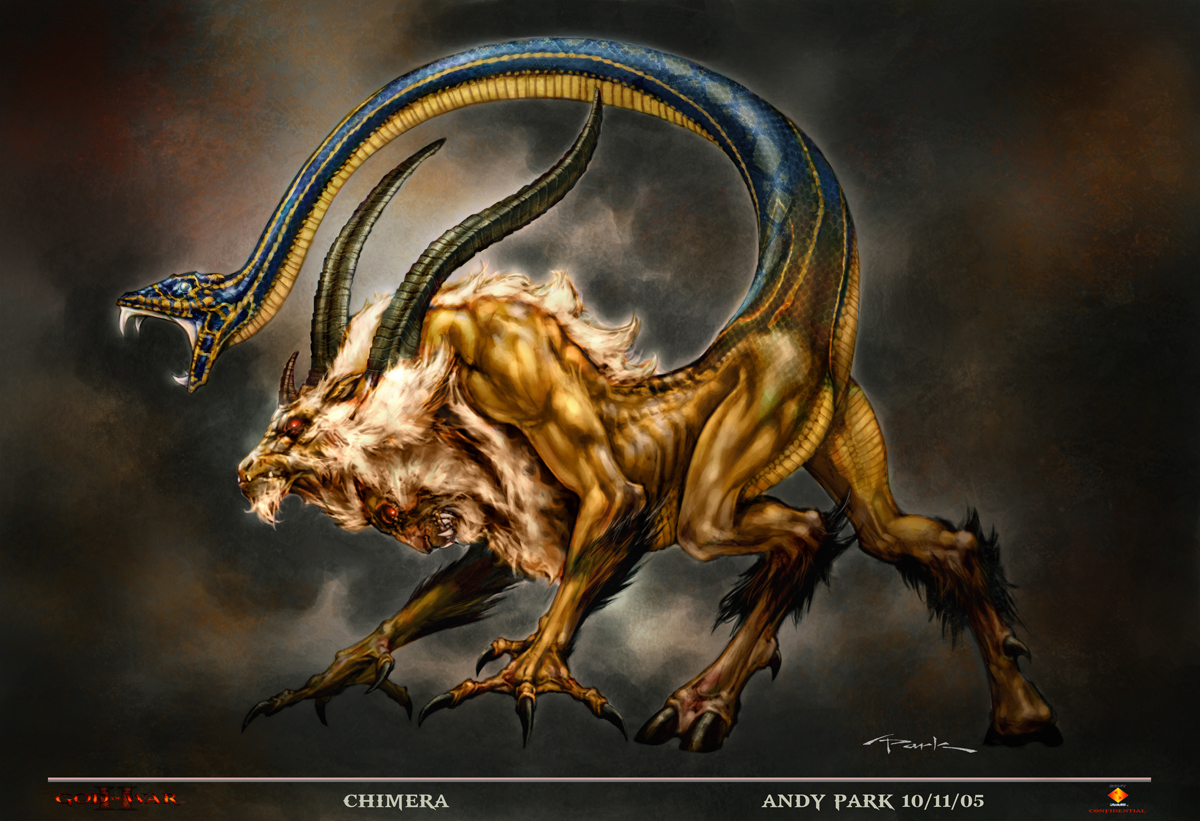

The Monocentaurs were an African variation on the well-known Greek hybrid.

Monoceratus was the Greek term for “single horned.” This legendary horse of India was the inspiration for the popular image of the unicorn. Many of these were children of Poseidon, who as the creator of the species often took the form of a stallion. Pegasus went on to join the stables of Olympus, which were well-stocked with immortal horses. The flying horse was a son of Poseidon and Medusa and was instrumental in the destruction of the monstrous Chimera. The Horses and Steeds of Greek LegendĪrguably the most famous horse in Greek mythology was Pegasus. The rivers of India were said to be inhabited by carnivorous worms large enough to eat a man. Some similar creatures were not properly considered serpents at all. It was meant to guard the sacred forest of Zeus, but had eaten the infant son of a local king. The Seven Against Thebes killed a dragon there. With one hundred heads, it would have made a fearsome opponent for the great hero.

Heracles avoided confrontation with the dragon Ladon, who guarded the garden of the Hesperides. The Colchian Dragon, for example, was the guardian of the Golden Fleece. Other dragons were famous in Greek mythology. Ethiopia, India, and Phrygia were all said to have unique varieties of snakes, from those so large they preyed on elephants to leaping serpents that feasted on birds. Many countries had their own particular breeds of giant serpents or dragons. A huge snake or dragon that once terrorised the island of Salamis became, according to some accounts, a companion to the goddess of grain. They lived in the deserts of North Africa, threatening anyone who dared to walk through the region with venom and fangs.ĭemeter even made a familiar from a feared giant serpent. They were said to guard the frankincense groves of the region against theft.Īn entire race of enormous vipers were born from the blood that dripped from Medusa’s head. The winged serpents of Arabia were covered in feathers. Later medieval artists imagined it as having features of both a bird and a snake. The Basilisk, a familiar creature in many modern stories, was a giant serpent with a deadly touch a poisonous breath. It had two heads, one at each end of its body, so it could travel forwards or backwards with equal ease. The Amphisbaena, for example, was a particularly unusual serpent said to live in Libya. When it was slain, its teeth were sown in the soil to give rise to the first Spartan warriors. While snakes could be monstrous, like the legendary Python that guarded the oracle of Delphi before Apollo’s birth, there were many other serpentine creatures in Greek mythology.Ī similar serpent was said to have guarded the sacred spring of Ares near Thebes. The fire-breathing giant Typhon, for example, was said to have snakes around his waist and in place of his fingers. Often, serpentine features were a sign of evil or monstrousness. Like many cultures, the Greeks incorporated dragons and other types of serpents into their mythology. Read on to learn about many of the legendary creatures the Greeks believed existed around them! Legendary Dragons and Serpents While a few legendary creatures feature in popular myths, many more were mentioned only occasionally in descriptions of the wider world. Glimpses of whales and other rarely-seen creatures were exaggerated into enormous monsters of the deep.
LEGENDARY CREATURE GREEK MYTHICAL CREATURES FULL
The sea was another unexplored place that was supposedly full of fantastical life. Imaginative writers took what they had heard about far away places like Africa and Asia and created the animals they assumed lived there. Many legendary creatures of Greek mythology were more exotic, however. Often, legendary animals had forms that were quite familiar to Greek audiences but exaggerated in strength, size, or ferocity. They were familiar with the animals of their own region and those of their closest neighbors. The Greeks, like many ancient cultures, believed that the world was filled with amazing creatures that were rarely seen by man.Ī few of these beasts were strictly imaginary, but many more were influenced by the Greek people’s understanding of far away lands.


 0 kommentar(er)
0 kommentar(er)
